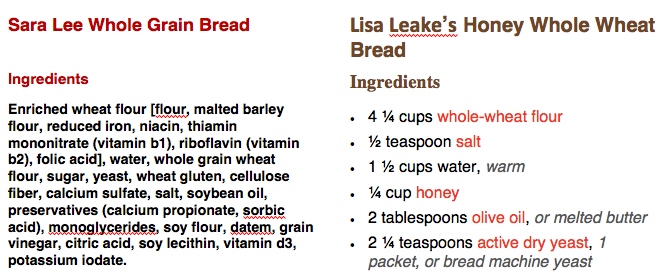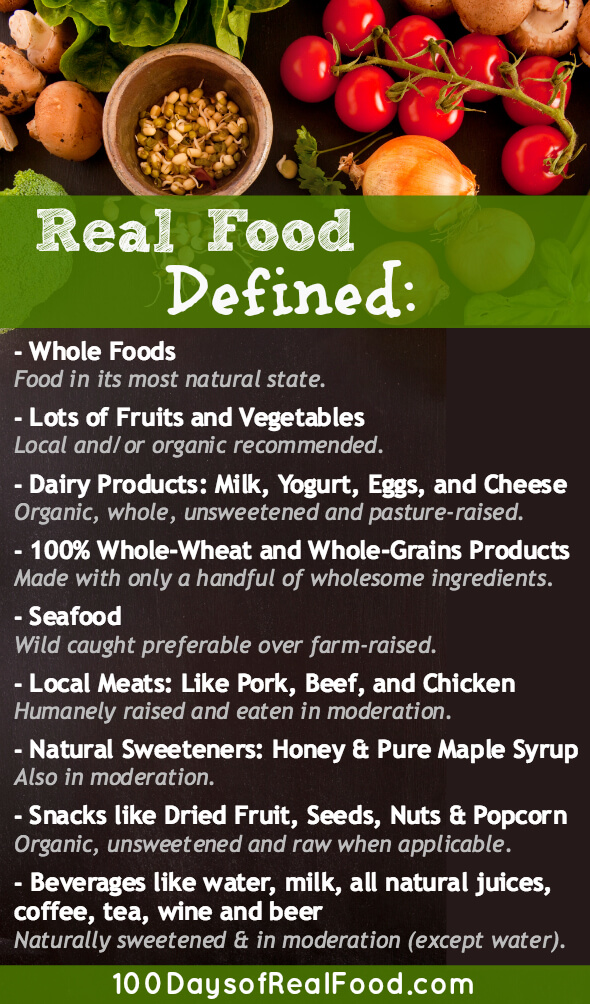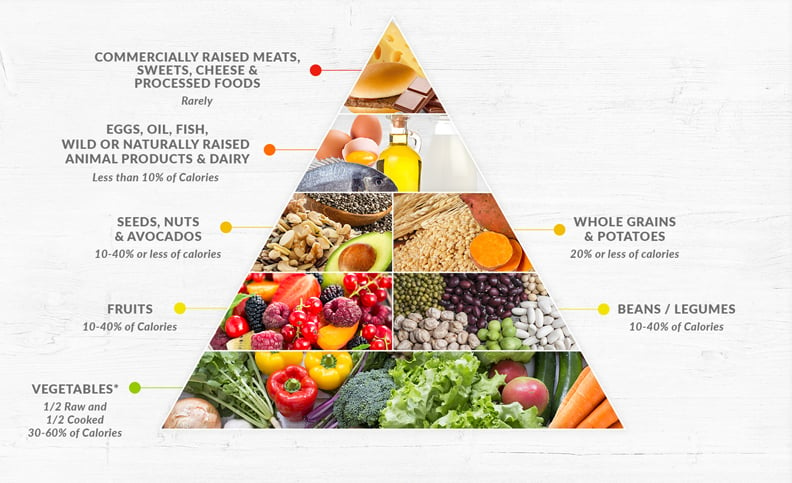I am not a doctor, nutritionist or dietitian. I am however, a very health conscious physical therapist and mom with eight years of self-taught nutritional research and personal experience.
 I’ve experimented with a multitude of diets including The Paleo Diet, The Whole 30 diet, dairy-free diet, Ketogentic Diet, and anti-inflammatory diets just to name a few. I’ve been labeled the health nut and even “witch doctor” by some family members (in the most endearing way possible). Most of these diets were done out of sheer curiosity and experimentation. If you know me, you know that I like to give out unsolicited advice, but I don’t like to give advice without a base of knowledge or personal experience.
I’ve experimented with a multitude of diets including The Paleo Diet, The Whole 30 diet, dairy-free diet, Ketogentic Diet, and anti-inflammatory diets just to name a few. I’ve been labeled the health nut and even “witch doctor” by some family members (in the most endearing way possible). Most of these diets were done out of sheer curiosity and experimentation. If you know me, you know that I like to give out unsolicited advice, but I don’t like to give advice without a base of knowledge or personal experience.
That said, I’ve spent most of my adult life searching for a way eat the foods I like without restrictions. I am not one of those people who can give up a whole food group or eat a strict diet without feeling sorry for myself! I like dark chocolate, wine, and popcorn and I always will.
Diets don’t work. Period.
There have been many times in which I’ve wanted to “clean up” my eating after a holiday or get back to the basics following a vacation. I usually state that I’m going to give up carbs or wine and that will last a solid three days before I give in.
I’ve also witnessed countless friends and family members try the latest fad diet only to fail. I can’t tell you how many times people have asked me “Is this fattening?” If and only if you lose weight on a diet, you will most likely gain it back and feel more miserable than you did before. You will also feel fatigued and deprived, which leads to negative emotions regarding food, not to mention lack of energy for other important lifestyle changes like exercise and mindfulness. And let’s be honest: When you’re on a diet your family will also suffer the consequences (cue grumpy mommy!). I’ve been there.
So, what should you eat?
Six years ago I read a book called 100 Days of Real Food. It forever changed my perception of food and the way I purchased my food. It makes sense. It’s easy. It doesn’t cost a lot of money. Let me explain: Our grandparents didn’t stress about diets or what they ate. Cancer and heart disease were rare. Why? Because they ate real food. Not processed, packaged, or hormone-laced foods. Most people ate foods that were locally produced and had very few pesticides. The ingredients in their food were very basic.
To give you an example, let’s look at a commercially made loaf of today’s bread versus a homemade recipe:

If the difference is not evident to you, let me point it out. There are far fewer ingredients in Lisa’s recipe (on the right), you can pronounce all of them, and you probably have them sitting in your pantry. But in order to increase shelf life and enhance the taste, manufacturing companies add unnecessary ingredients that wreak havoc on our health. They take a seemingly “healthy food” and destroy the actual health benefits of it.
Lisa Leake (the author of 100 Days of Real Food) challenges everyone to follow simple rules to improve their health, lose weight and reduce the cost food.

She explains how to buy food based on the quality of the ingredients. For example, not all dairy is created equal. Rather than buying conventional, skim milk (the big fad in the early 2000s), opt for full-fat grass fed milk preferably from a local farm. Why? Because cows that are pasture raised produce milk that is less inflammatory to our bodies and more nutrient dense. She recommends buying locally as often as possible. You can find farmers’ markets, CSAs and farms at local harvest.org.
Eat food. Not too much. Mostly plants.
The second book that is a MUST READ is called In Defense of Food by Micheal Pollan. Don’t have time to read another book? Check out his documentary on Netflix. This video will keep you on your toes as he discusses the history and politics behind the food industry, and why our country is so over-fed and malnourished.
Similar to Lisa Leake, he doesn’t recommend counting calories, eliminating food groups or drastically restricting your diet. His answer to most of the westernized health conditions is very simple: Eat more plants.
Somewhere in the evolution of food over the past 100 years, most Americans ate way too much meat, dairy and sugar, focusing on what he calls “nutritionism.” This is the idea that we can find low-fat, high fiber, or sugar-free foods in the center aisles of the grocery store. Rather than looking for foods that have claims to health, he suggests finding foods that already possess those qualities such as foods on the outer aisles.
Half of your plate should be vegetables and fruits.
If you’re still wondering how much of each food group you should eat, refer to Dr. Fuhrman’s food pyramid. You will find that most of your calories should come from vegetables, fruits, beans and legumes followed closely by seeds, nuts, avocados, whole grains, and potatoes.
Does this mean you can’t have meat, dairy, desserts, and processed foods? No. But if you focus on the bottom half of the pyramid for most of your food choices, you will lose weight, feel better and reduce your risk of chronic disease.
Your health depends more on what you eat when you’re not on a diet.
Your normal eating habits are a far better predictor of your waistline and chronic health than what you do when you’re trying to lose weight. Slow, intentional changes are the best changes. When you learn to cook and enjoy healthy food, you will be on your way to a slimmer, happier you forever.
While I could write many more pages on how to eat a real foods diet, I defer to Michael Pollan and Lisa Leake to give you simple, healthy recipes to get you started with a few other simple tips:
-
Eat food your grandparents would recognize as real food.
-
Shop locally as much as possible.
-
Eat at home as often as you can.
-
Stop eating before you are full (6-7 on the fullness scale).
-
Eat mostly plants.
-
Make your food taste good.
-
Eat slowly and enjoy your meals.
-
Indulge when you’re around family or family.























Love these suggestions! “How Not to Die” by Michael Greger is another great book-he recommends foods based on the medical journal studies he explains in laymen’s terms and guess what?? They’re all planted based Whole Foods that do well in the studies. What a surprise! He also has a great cookbook (How Not to Die Cookbook), website (nutritionfacts.org), great suggestions on transitioning in the book, and an app that can help you get the best food groups in (daily dozen).
Comments are closed.